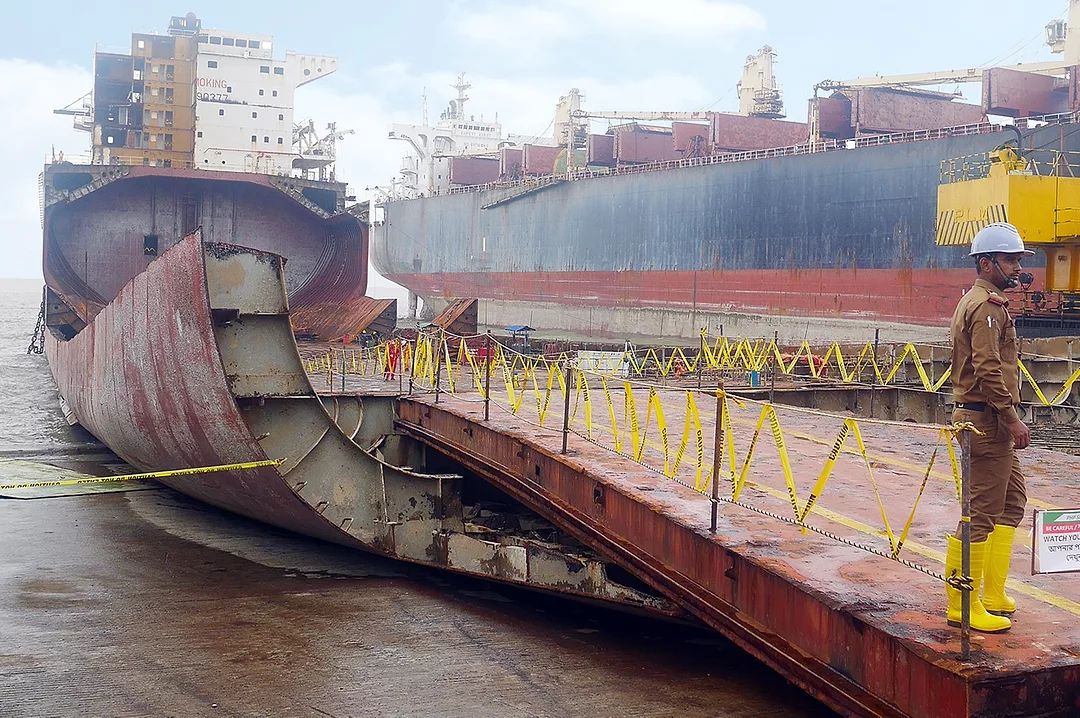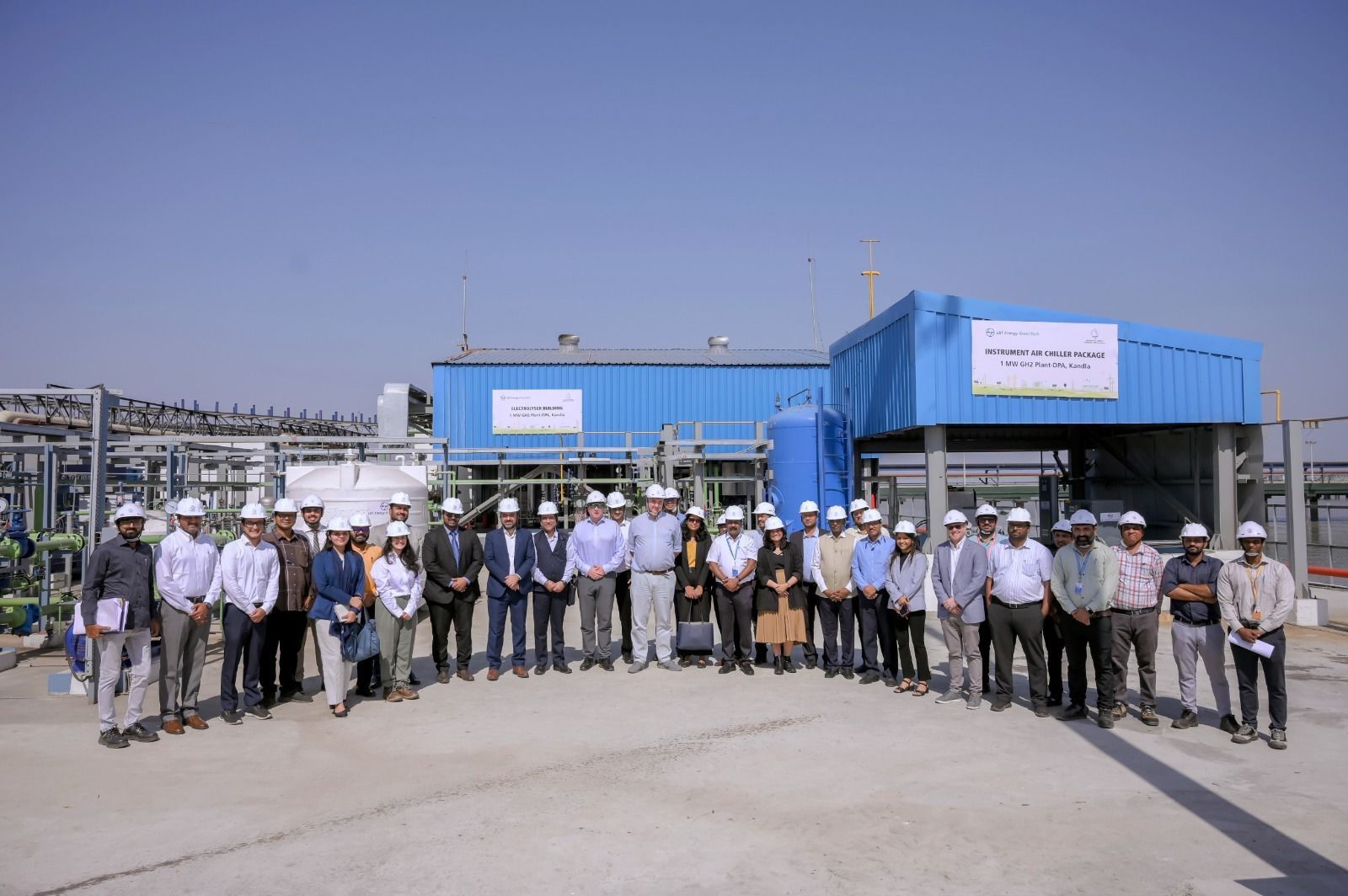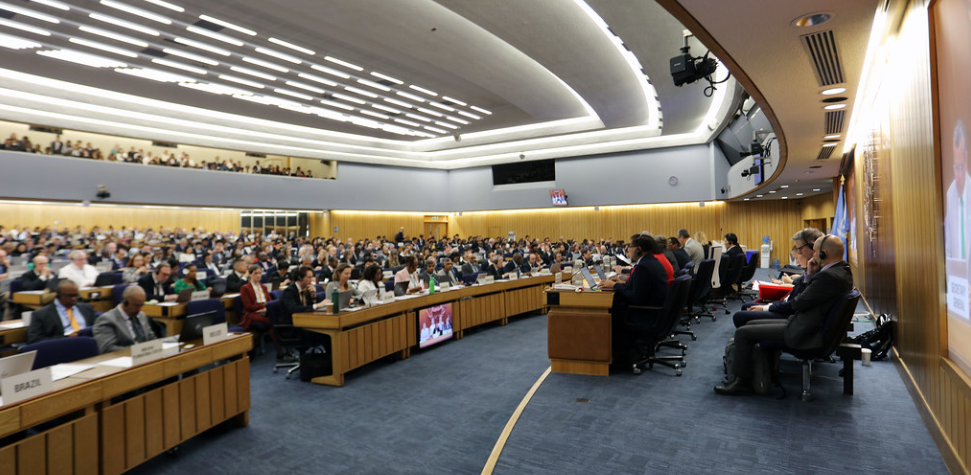GMS Forecasts Bright 2025 Amid Global Economic Adjustments
GMS Forecasts Bright 2025 Amid Global Economic Adjustments. As 2024 draws to a close, global ship recycling markets are setting their sights on a potentially busier and more active 2025. The year has been marked by economic uncertainty and fluctuating market dynamics, yet industry experts suggest that conditions are aligning for an uptick in activity within the ship-recycling sector. According to GMS’ latest weekly ship-recycling report, the anticipated rebound is expected to bring relief to recycling yards that have faced dwindling volumes and stagnant prices throughout the year.

A Quiet Close to a Tumultuous Year
Historically, the week between Christmas and New Year has been a subdued period for global trade, and 2024 has been no exception. Economic activity slowed as major economies paused amid the persistent strength of the U.S. Dollar. However, ship recycling markets in India and Bangladesh saw particularly quiet conditions this week, exacerbated by continued currency instability and weakened local steel plate prices.
The broader economic backdrop has been equally challenging. The Baltic Dry Exchange Dry Bulk Index, a key indicator of shipping market health, recorded a dramatic 52.5% annual decline in 2024, its worst performance since 2014. The downturn was particularly steep in Q4, with sectors such as Capesize, Panamax, and Supramax indices falling by 66.7%, 48.7%, and 32%, respectively. This decline underscores the significant challenges faced by the shipping industry, which have inevitably impacted the supply of vessels for recycling.
Declining Freight Rates and Oil Prices
The slowdown in the dry bulk sector has coincided with a relaxation in oil prices. Brent crude hovered around USD 70.6 per barrel in the final week of 2024, reflecting increased output from non-OPEC+ countries and reduced demand from China, the world’s largest oil importer. These developments have compounded pressure on ship recycling markets, as strong charter rates earlier in the year kept potential recycling candidates in operation, leaving yards struggling with low volumes.
A Year of Transition for Ship Recycling
Despite the challenges, 2024 has also been a year of significant transition for the global ship-recycling industry. Efforts to upgrade recycling facilities and implement the Hong Kong International Convention for the Safe and Environmentally Sound Recycling of Ships (HKC) have gained momentum, particularly in India, Pakistan, and Bangladesh. These initiatives reflect a growing commitment to aligning recycling practices with international safety and environmental standards.
The coming year is expected to bring further progress in this area. Pakistan and Bangladesh, in particular, are working to upgrade their yards to meet HKC standards ahead of the convention’s mid-2025 enforcement date. However, political instability in these countries could pose challenges to these efforts. In Bangladesh, an insurrection led to the establishment of an interim military government, putting infrastructure projects on hold. Meanwhile, India’s 2024 election saw Prime Minister Narendra Modi’s party fail to secure a majority, creating additional uncertainty.
Steel Prices and Recycling Yards in Limbo
One of the most pressing issues for the ship-recycling sector in 2024 has been the steep decline in local steel plate prices. Prices fell by over USD 150 per ton from earlier highs, with further declines reported in India and Pakistan by the end of the year. Bangladesh and China, meanwhile, saw prices stabilize at low levels. These trends have left many recycling yards operating in a state of limbo. The sharp drop in prices, from USD 600/LDT in Q1 to the USD 450s/LDT range in Q4, has made it increasingly difficult for yards to remain operational. Some have opted for temporary closures rather than permanent shutdowns, which would be costlier and harder to reverse.
Turkey has also faced similar challenges, with recycling yards grappling with low volumes and reduced profitability. Political instability across the Indian subcontinent has further complicated the situation, preventing economies from stabilizing and matching their offers with the volatile U.S. Dollar.
Geopolitical Developments and Global Implications
Global political dynamics have added another layer of complexity to the ship-recycling market. The election of Donald Trump for a second term as U.S. President has introduced new uncertainties, with potential tariffs threatening to disrupt global trade further. Meanwhile, the geopolitical situation in South Asia remains fragile. The political upheaval in Bangladesh and India’s uncertain leadership have created a challenging environment for economic stability and growth.
Looking Ahead to 2025
Despite the headwinds faced in 2024, there is cautious optimism for the year ahead. The ship-recycling industry is poised for an uptick in activity as freight markets show signs of softening, leading to an expected increase in recycling candidates. Additionally, the implementation of HKC standards is likely to enhance the long-term sustainability and competitiveness of recycling yards in South Asia.
Market dynamics suggest that 2025 could bring a more balanced supply-demand equation. As charter rates decline and more vessels become eligible for recycling, yards may finally see the increased activity they have been yearning for. However, this recovery will depend on several factors, including the stabilization of local economies, the resolution of political uncertainties, and the ability of recycling yards to adapt to evolving environmental and safety standards.
Conclusion
The global ship-recycling market is at a crossroads as it enters 2025. After a year of economic turmoil, declining freight rates, and geopolitical instability, the industry faces both challenges and opportunities. With efforts to modernize recycling facilities and implement international standards gaining traction, the year ahead holds the promise of a more sustainable and active market. However, the path to recovery will require resilience, adaptability, and a concerted effort from all stakeholders to navigate the complexities of the global economic landscape.
Author: shipping inbox
shipping and maritime related web portal








